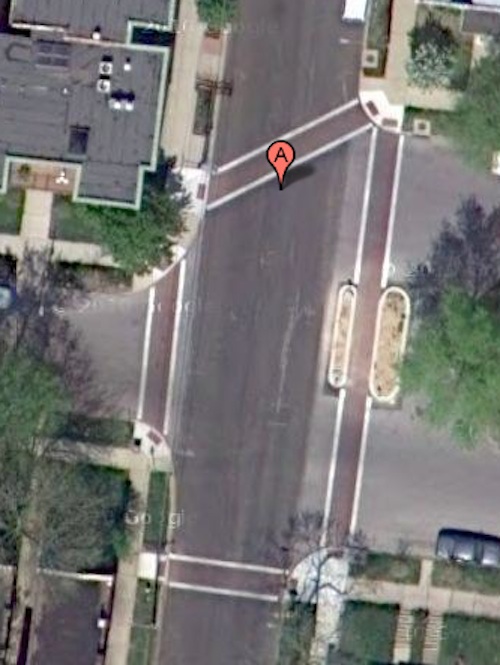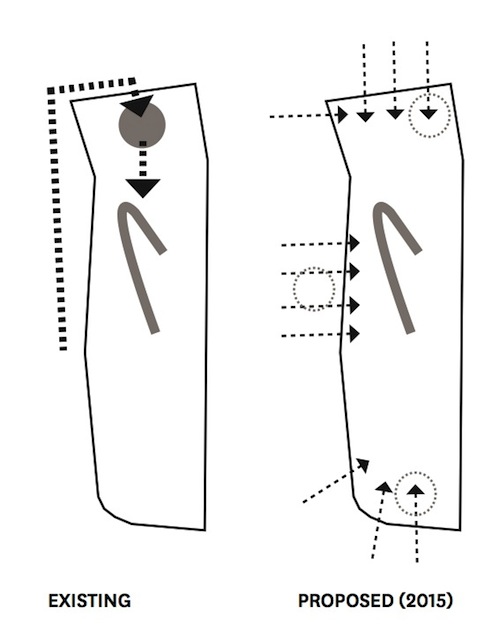St. Louis’ Great Divorce Finalized 134 Years Ago Today
One hundred thirty-four years ago today The City of St. Louis divorced itself from St. Louis County, becoming an independent city.
“The vote took place 22 Aug 1876, and the initial count indicated that the separation question had failed by just over 100 votes. Supporters of separation then brought charges, including fraud, and a recount was ordered. The recount took four months so it was late 1876 before it was determined that the vote for separation had passed.” (source)
Further reading on the “great divorce” here and here.

Past attempts at a reconciliation have failed but leaders in both the city & county are again talking about getting back together. But these talks are a point of disagreement in the race for St. Louis County Executive between Charlie Dooley & Bill Corrigan:
“Bill Corrigan, the Republican candidate for St. Louis County Executive, spoke out this week against any proposed merger between St. Louis City and County.
“Inheriting all the economic problems that exist in the city, and the funding liabilities that the county would incur by merging the two,it would be an economic disaster for the county,” Corrigan said during Thursday’s edition of St. Louis on The Air.
Corrigan’s opponent, Democratic incumbent Charlie Dooley, told the Post-Dispatch last month that a city-county merger would make government more efficient. St. Louis Mayor Francis Slay expressed support for that idea after his re-election last year.” (KWMU)
Originally the city saw the county as a financial liability. Â Now Corrigan thinks the city would be a burden to the county. Â In an “us vs them” mindset, he is right. In a “we are in this together” mindset, he is wrong.
The issue of the region’s governance is a huge, complicated issue. Â The options include:
- Do nothing.
- Make the City of St. Louis the 92nd municipality within St. Louis County.
- Create one large city-county government that includes most, or all, of the city & county.
The last option is the best option from a regional governance perspective, but it would also be the most complicated. Instead of 92 mayors, a county executive and hundreds of aldermen/council members having a single mayor, city manager and a dozen elected representatives?
For more on modern regional governance check out “Moving Toward Regional Governance Incrementally: The St. Louis Case“ by E. Terrance Jones & Don Phares, the two leading local scholars on the issue.
– Steve Patterson







